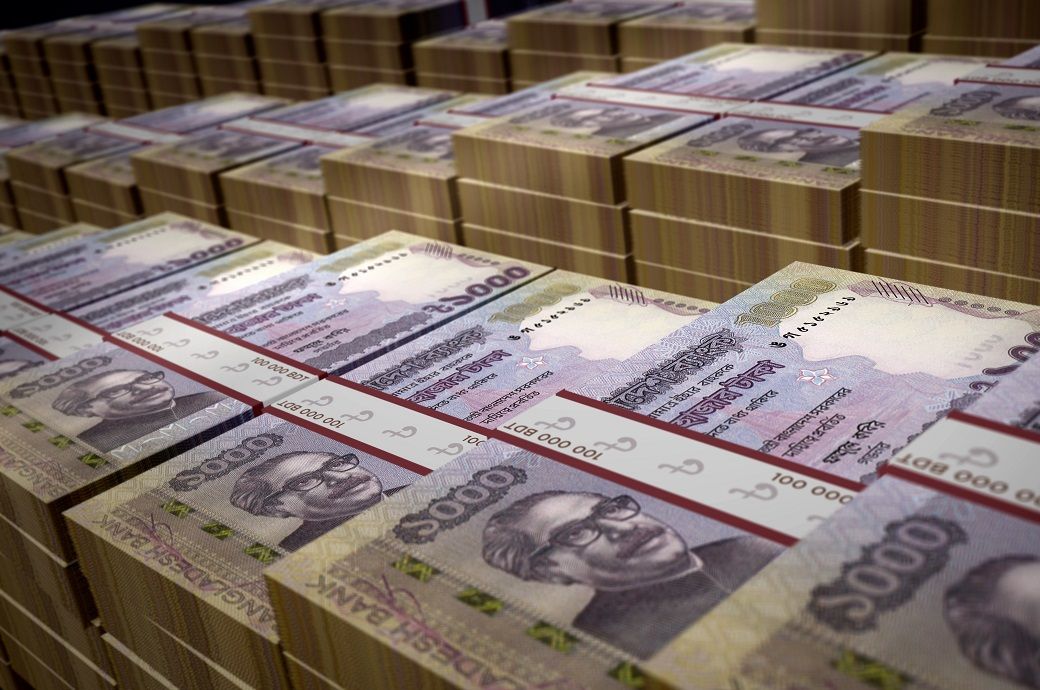
Bangladesh's economy has shown resilience and steady growth despite global challenges. In the fiscal 2021-22 (FY22), the country experienced an expansion of 7.1 per cent, and while growth moderated to 6 per cent in FY23, it still left the output 25.6 per cent above pre-pandemic levels. However, this deceleration in FY23 was mainly due to a contraction in industrial activities, largely affected by reduced export demand from advanced economies.
The country faced economic hurdles, including a sharp depreciation in its currency and hikes in fuel and energy prices. These factors contributed to a significant increase in production and transportation costs, leading to a surge in consumer prices. In 2023, inflation is estimated to have reached 9 per cent, a stark rise from the average 6.3 per cent observed in the decade leading up to 2021, as per CEBR.
In response to these inflationary pressures, the Bangladesh Bank has adopted a tight monetary policy, increasing the policy rate to 6.5 per cent. Notably, there has been a critical shift in the monetary policy framework, moving from a monetary targeting to an interest rate targeting framework. This shift aligns with the country's commitment to a unified market exchange rate system, a departure from the managed floating exchange rate system in place since May 2003.
Government debt as a share of GDP rose to 39.4 per cent in 2023, up from 37.9 per cent in 2022. Despite operating at a high fiscal deficit of 4.5 per cent in 2023, the country's low debt-to-GDP ratio has facilitated economic stability.
Looking ahead, CEBR forecasts an acceleration in the annual GDP growth rate to an average of 6.8 per cent from FY24 to FY28, slowing to an average of 6.2 per cent per year over the following decade.
Fibre2Fashion News Desk (DP)